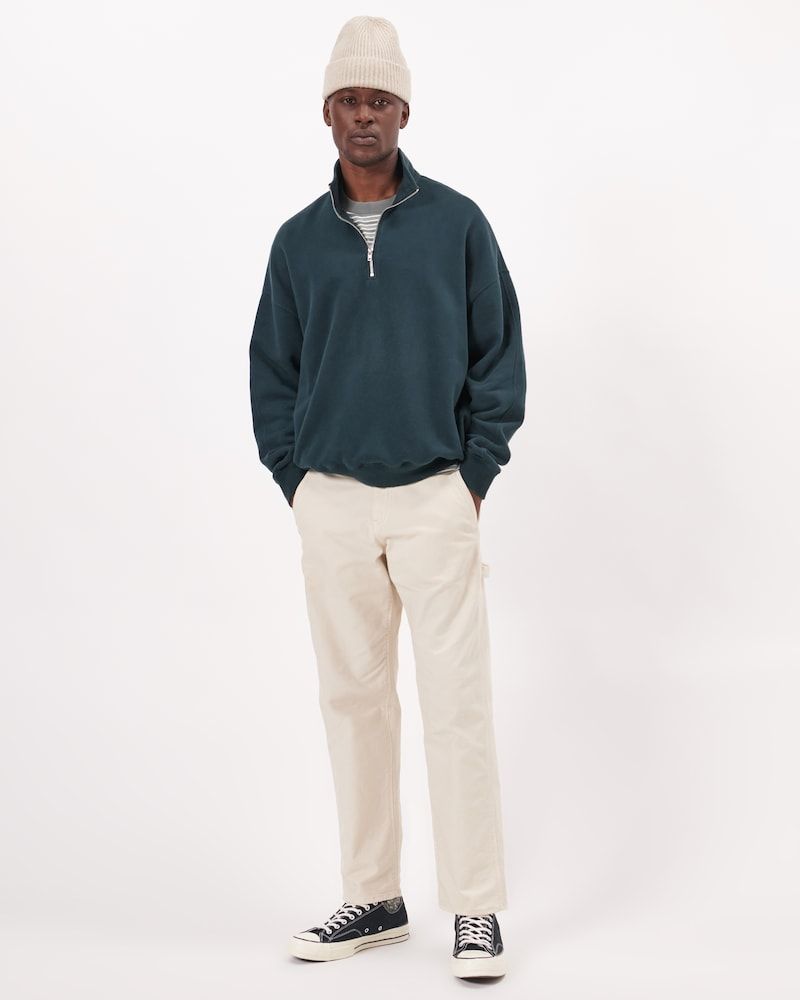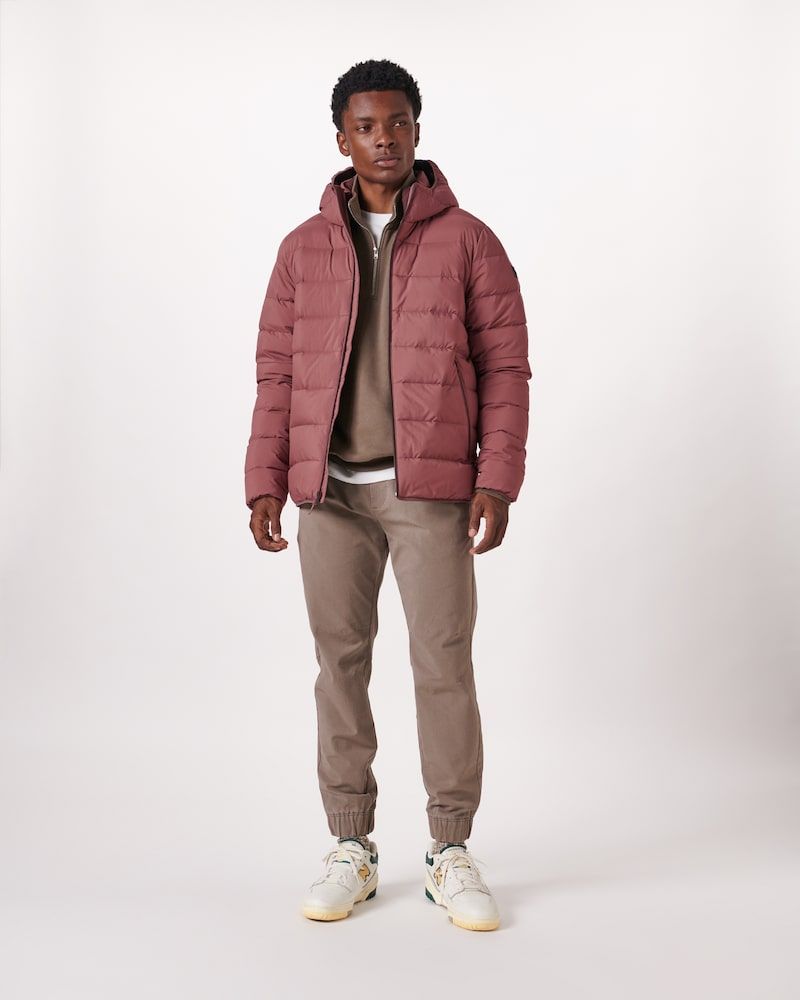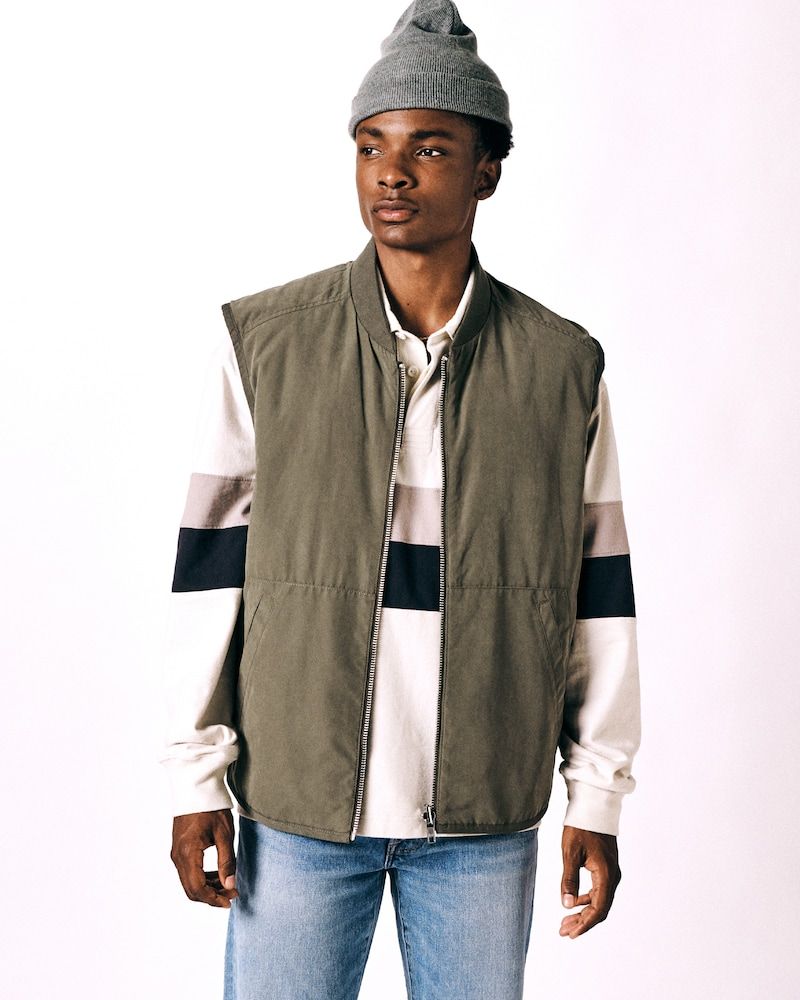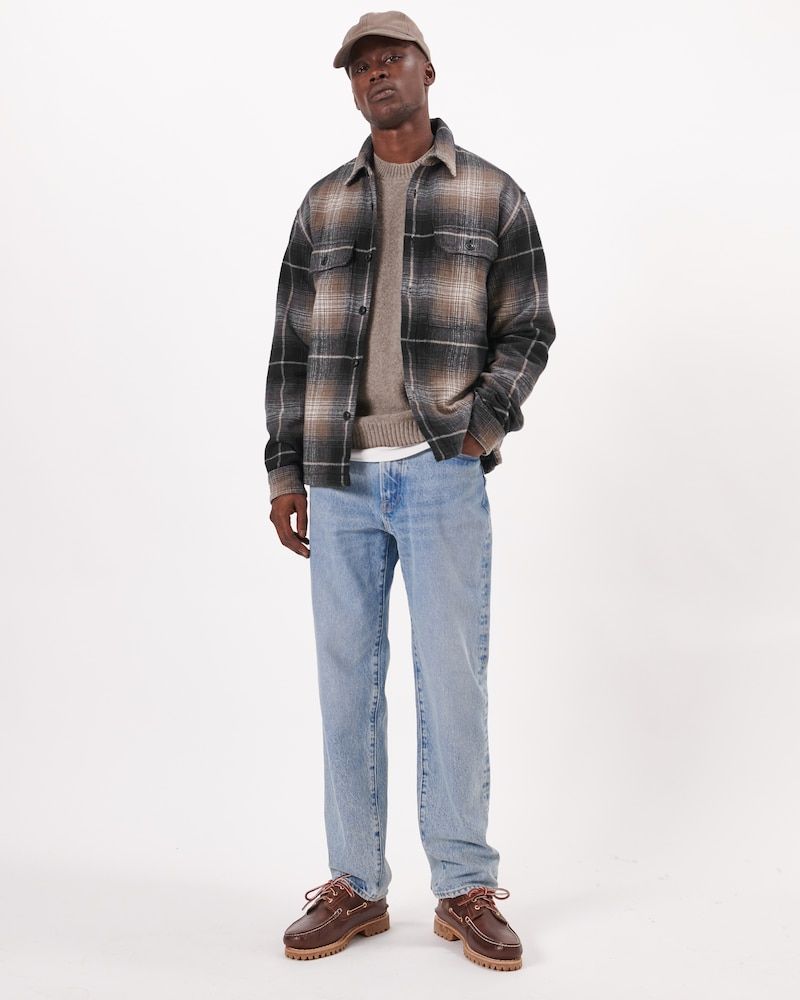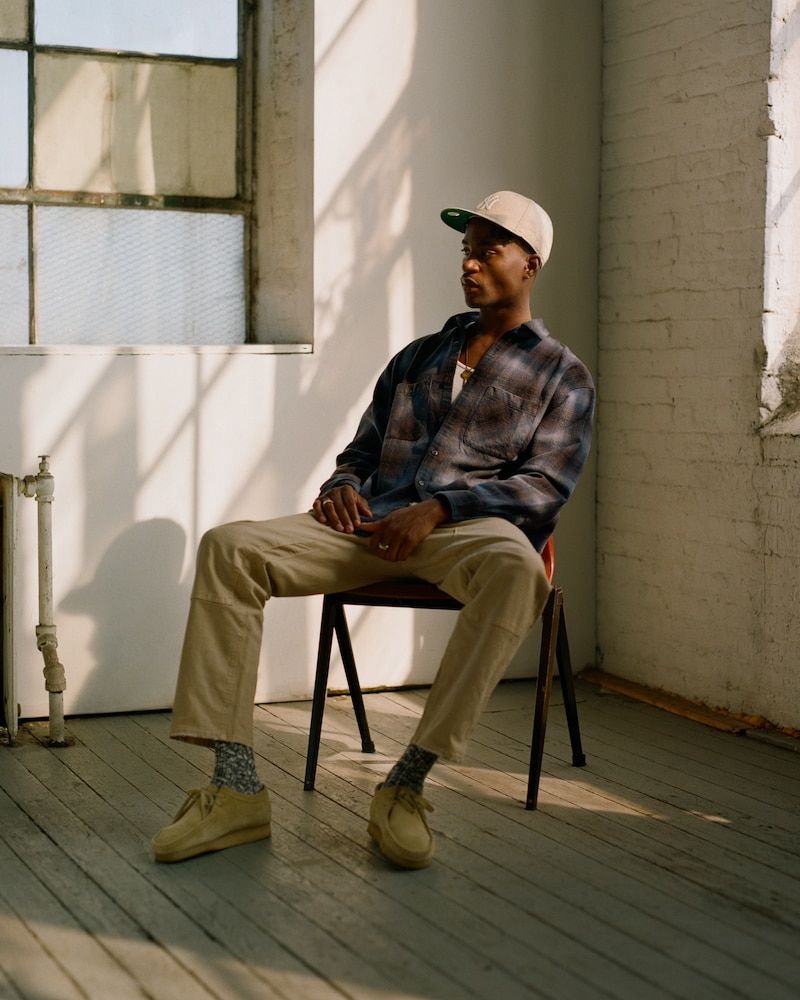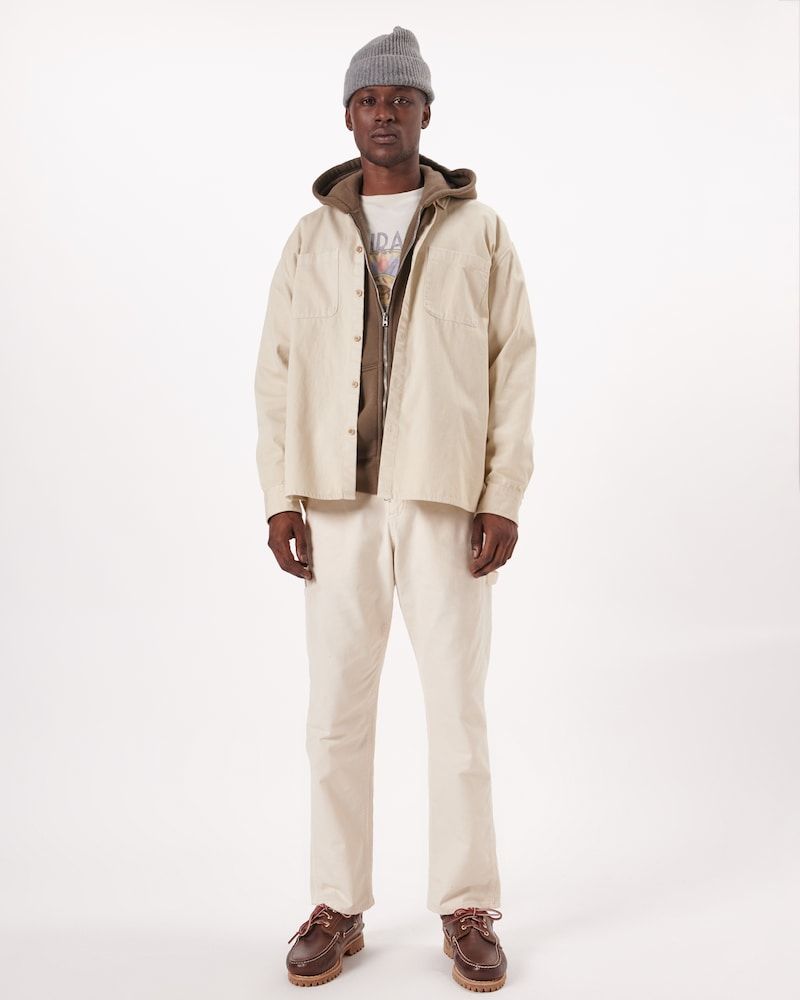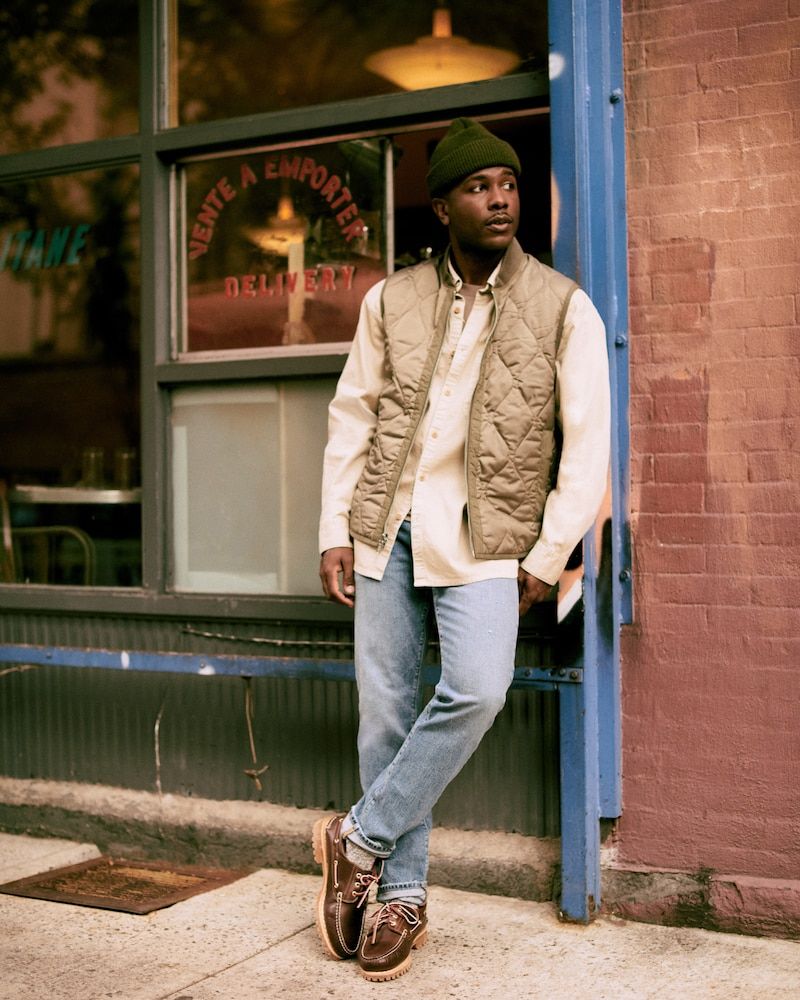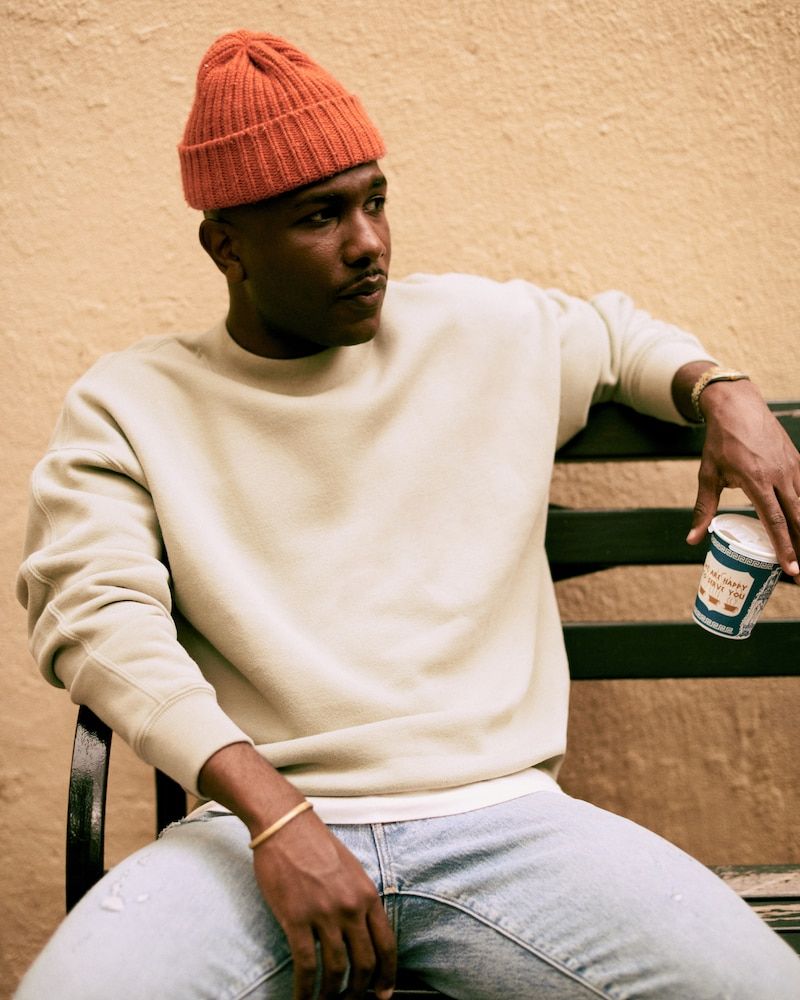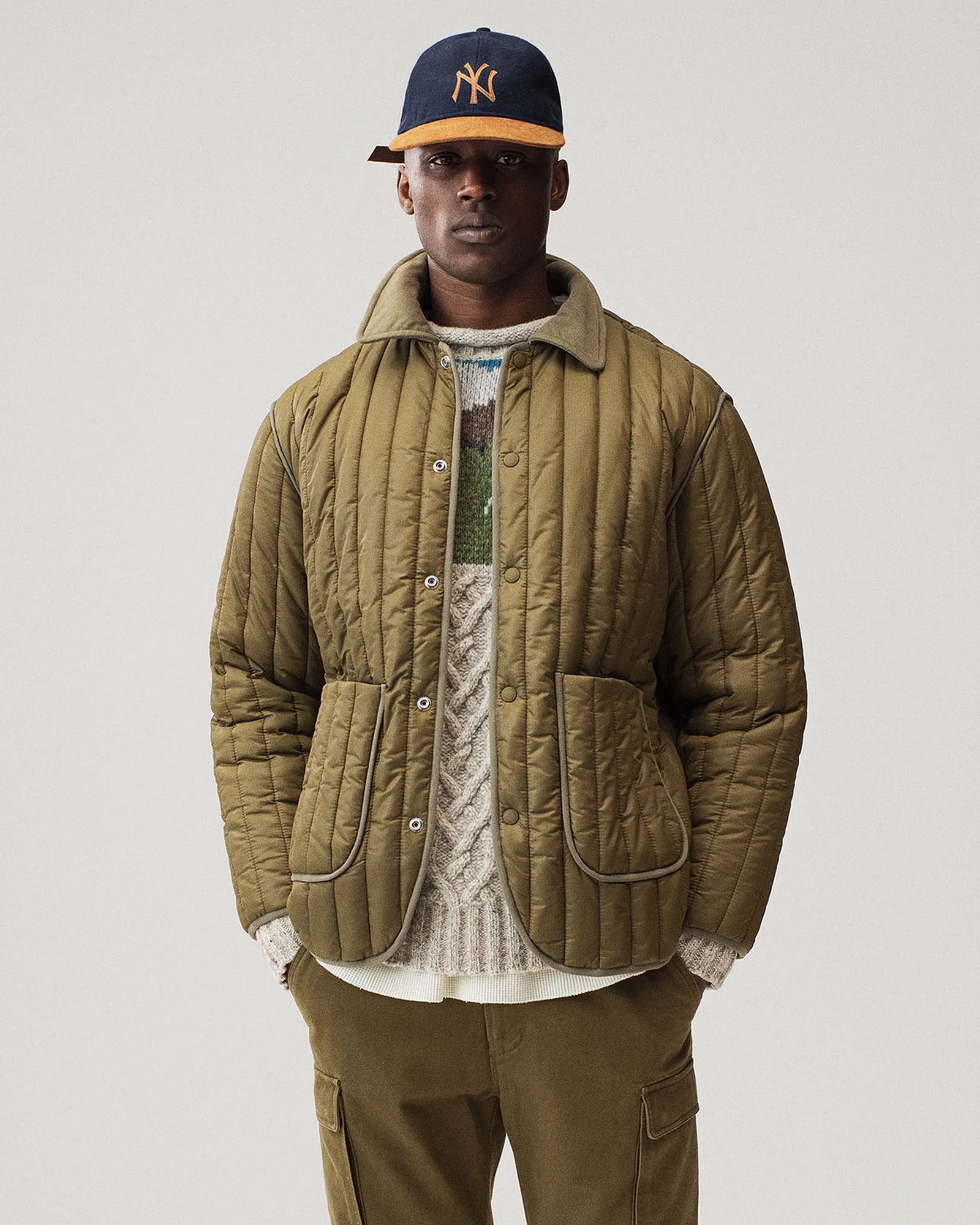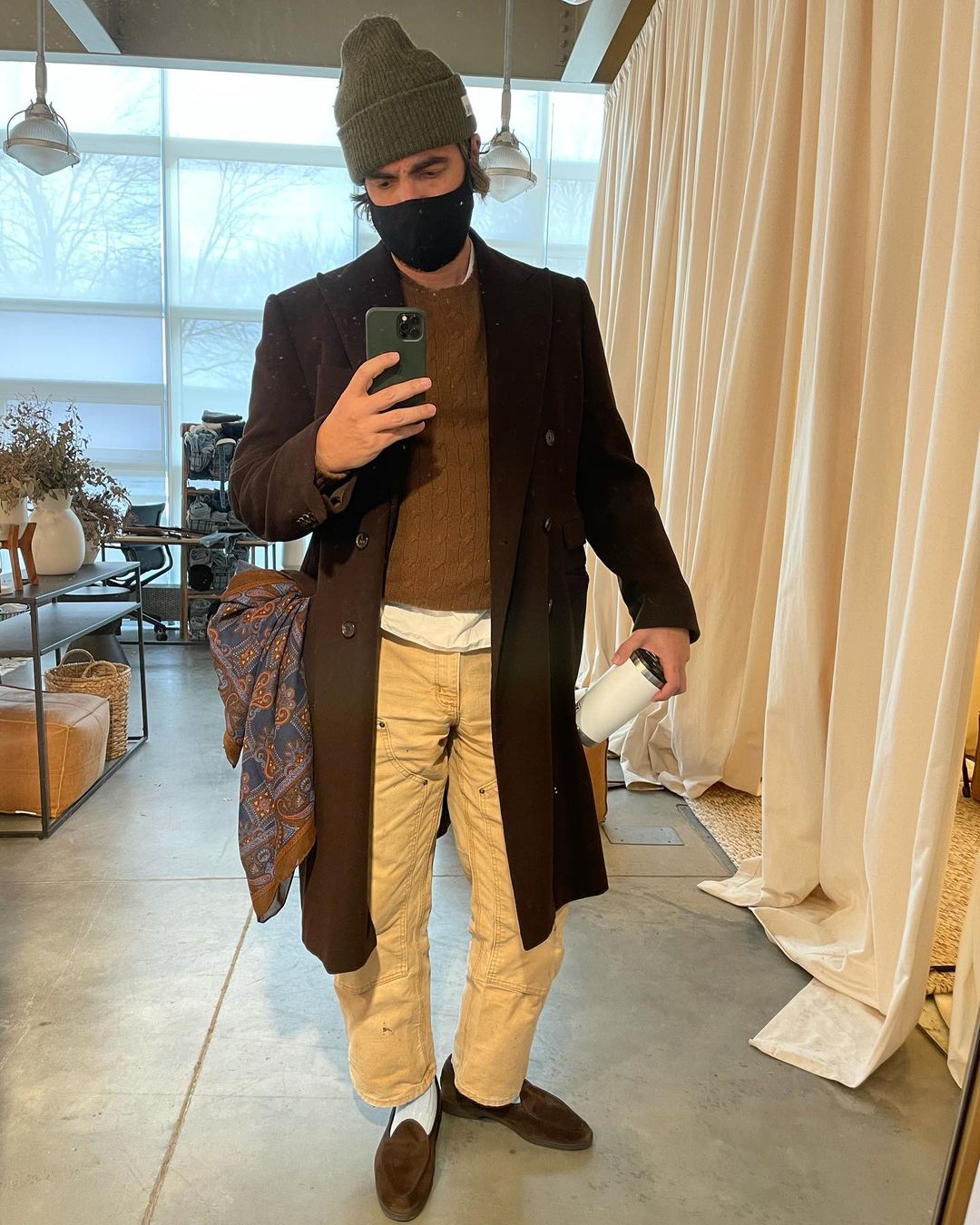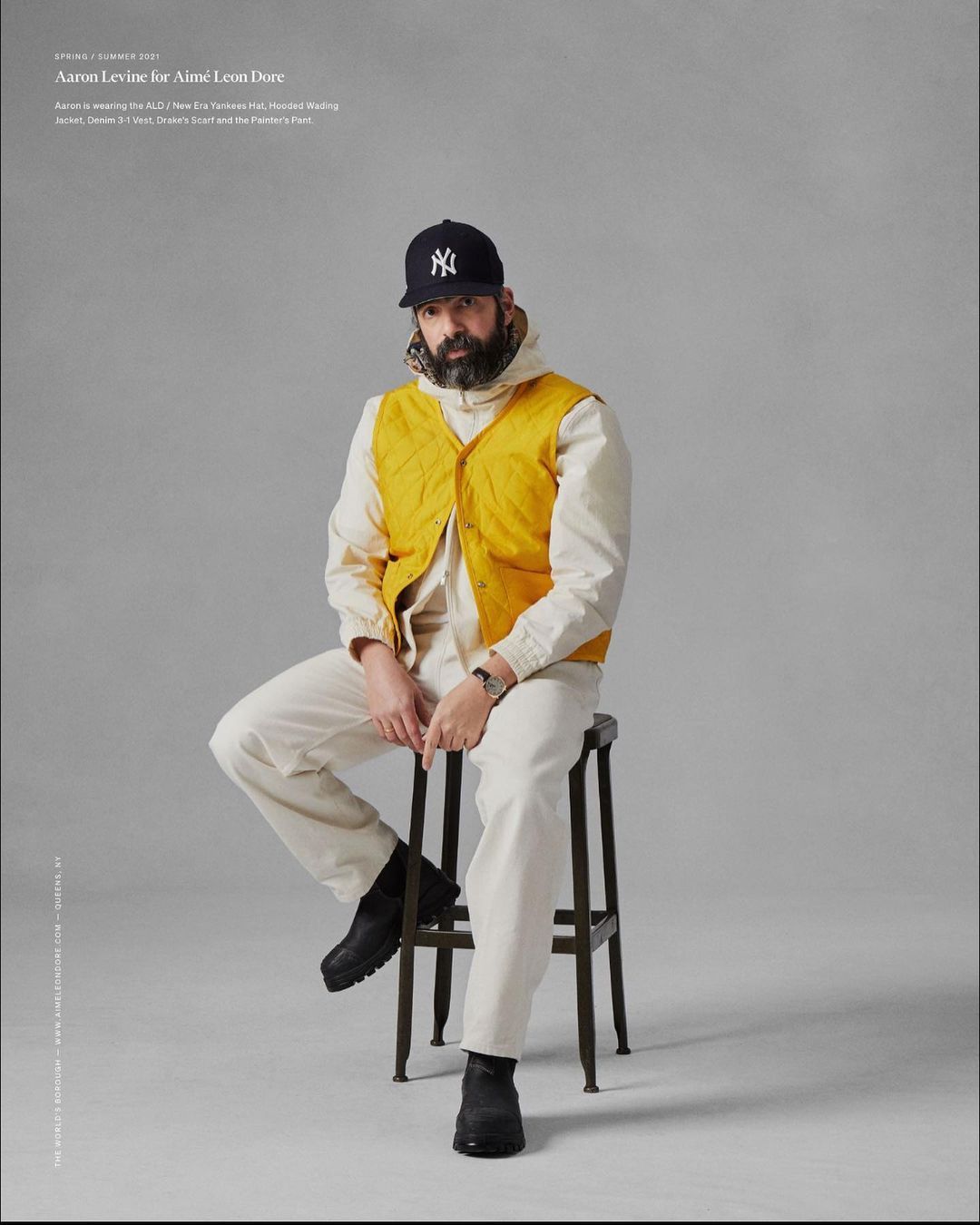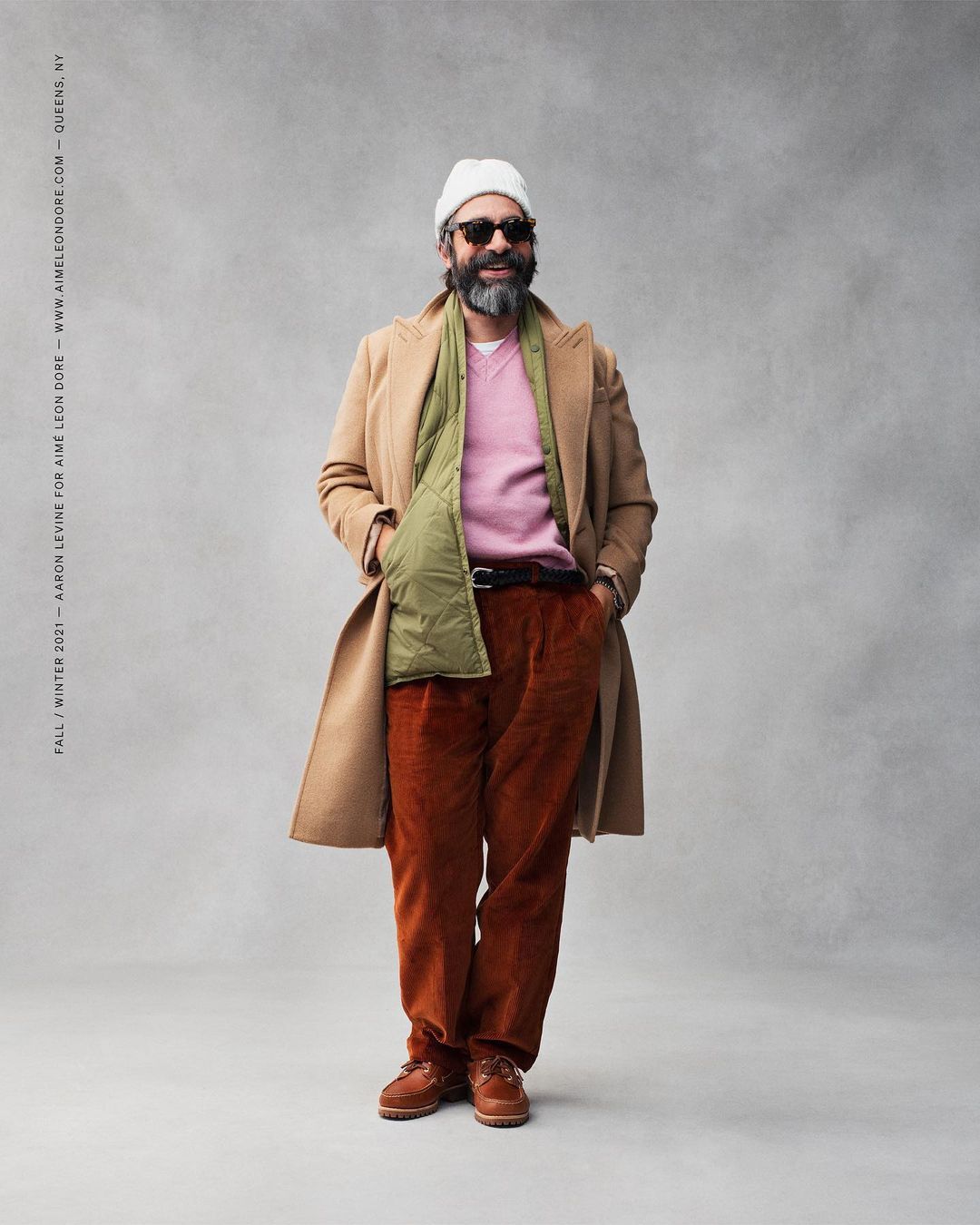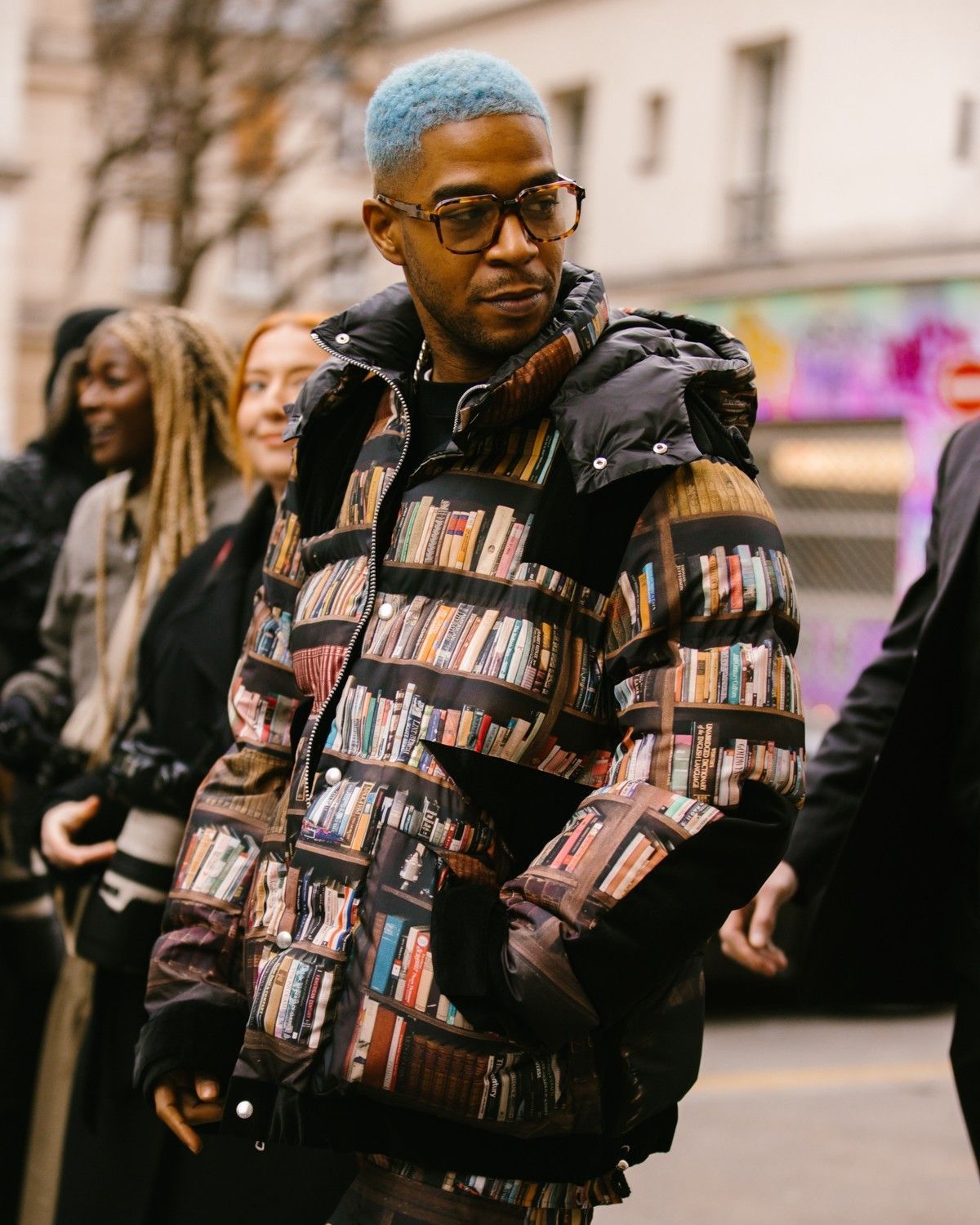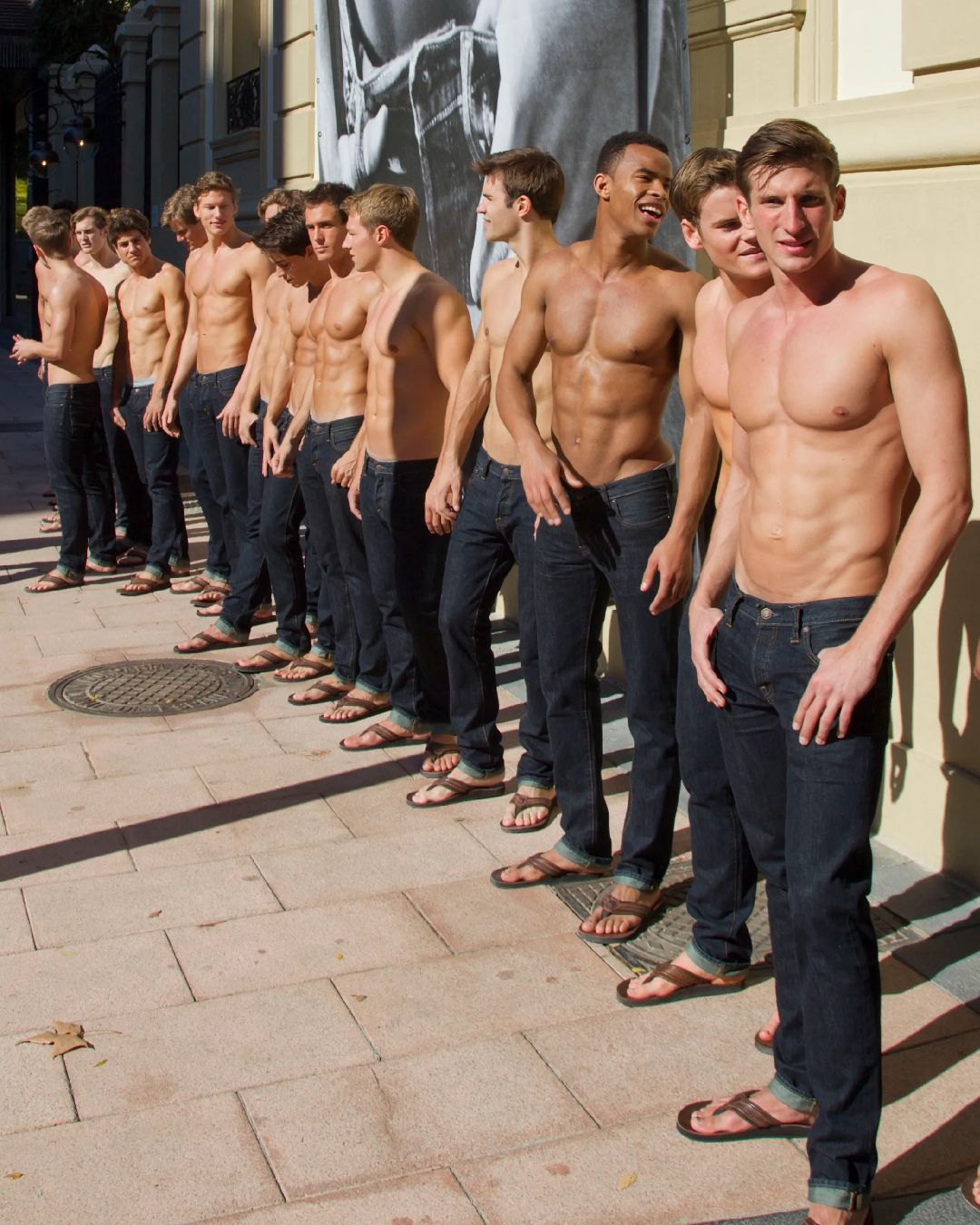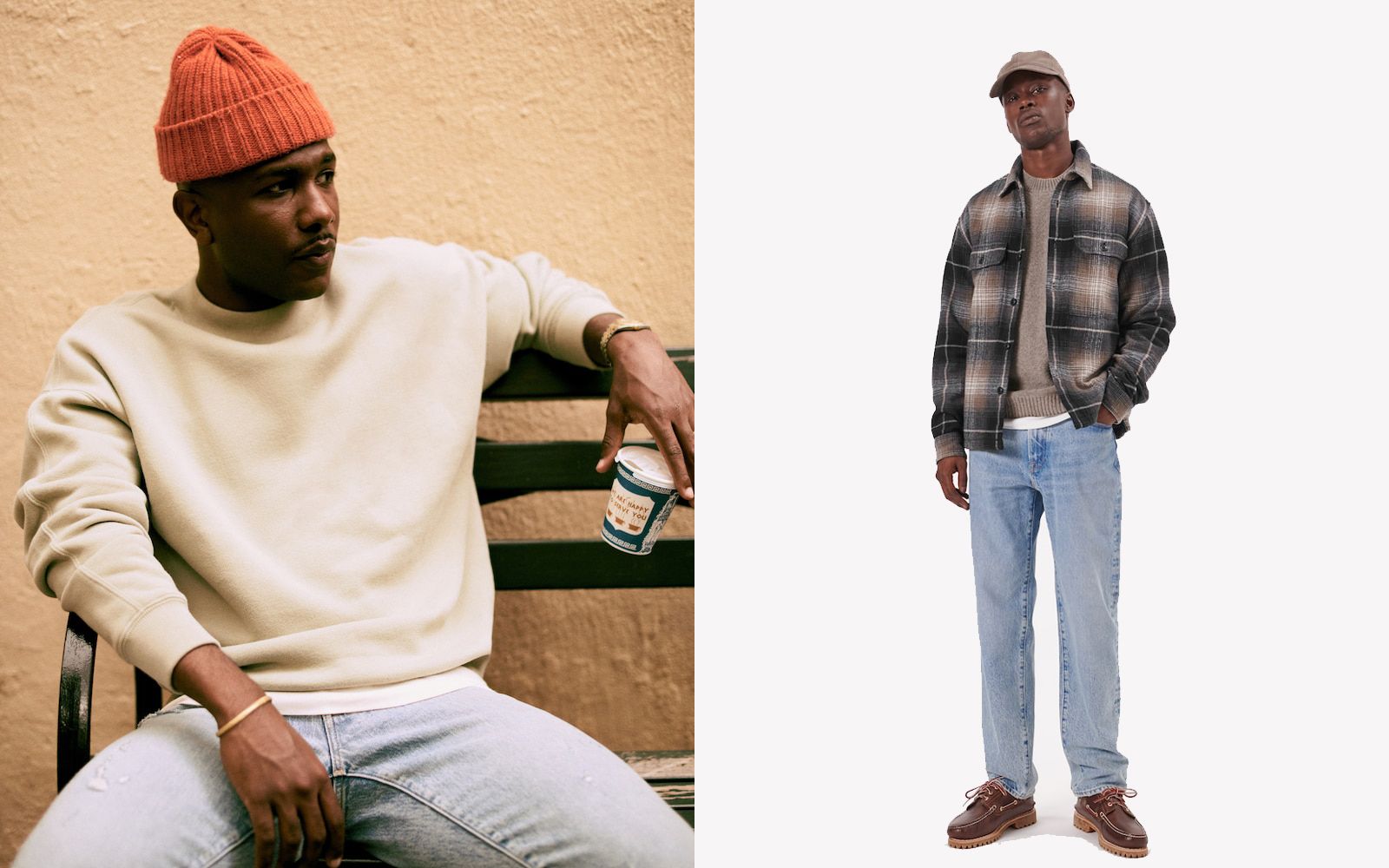
How Abercrombie & Fitch became Aimé Leon Dore The aesthetics of 90s New York have taken the place of shirtless models
If you are part of the generation born in the early 1990s, you will have experienced first-hand the inexplicable explosion of Abercrombie & Fitch all around the world. The brand founded by David Abercrombie in 1892 saw its greatest explosion in the late '90s and early 2000s, going so far as to plan at the beginning of 2014 to open 100 stores in China in the next ten years. Obviously this has never happened, but on the contrary, that brand model made of huge logos, bare-chested models and stores where the first rule was to "stun the customer" has gone out of fashion, crushed by a now renewed aesthetic but above all by the accusations of body shaming that swept the brand when in 2006 CEO Mike Jeffries defined Abercrombie as "elitist" and designed only for "the attractive all-American kid".
After a few body inclusivity campaigns and a change at the top with the arrival of Fran Horowitz at the head of Abercrombie & Fitch Co, the company that also controls Hollister and Gilly Hicks, the brand went through a heavy restyling that embraces the 90s New York aesthetic already seen in Aimé Leon Dore's lookbooks and in any episode of Friends and Seinfeld. A change made possible by the arrival in 2015 of Aaron Levine, who moved on the following year to the role of Senior Vice President of Men's and Women's Design completely changing the idea behind the brand in a rebranding that has more than a point of contact with Aimé Leon Dore and Teddy Santis. As tiktoker @dapperdom pointed out, scrolling through the Abercrombie & Fitch catalogue it is impossible not to notice a striking similarity with Aimé's looks, from the colour palette to the ever-present choice of knitwear, passing through styling choices which in some cases also include the New Balance 550s created by Teddy Santis' brand, if not the very same models. Obviously part of the brand's soul has remained intact, as have the polo shirts with the moose logo, but scrolling through the catalogue it is impossible not to notice a total change of direction that also includes a search for a basic in which earth tones and loose fits recall Jerry Lorenzo's work on Essentials.
Levine's role in this change of direction was crucial, bringing into a multinational with an annual turnover of 4 billion the ethics of someone who had a completely different background. Before coming to Abercrombie (where he had worked as a salesman in 1999) Levine had held a number of key roles, first at Jack Spade and then at Club Monaco, a Canadian brand belonging to the Ralph Lauren Corporation and specialising mainly in knitwear. This is one of the reasons why, in his time at Abercrombie, from which he resigned last April, Levine incorporated a style in which jumpers and cardigans take the place of polo shirts and denim jackets, while the lookbooks seem to come straight from outside New York's Café Leon Dore. "Teddy Santis did an incredible job," Lavine said in an interview with Put this One. "When you walk into that store, it's the story of an entire team. It's genuine, honest and sincere." Santis, who was recently appointed creative director of New Balance MADE in USA, has made storytelling one of his strengths, telling the concept of community through his collections and campaigns, in which Aaron Levine has appeared several times. The story of the truest and most sincere New York, the one made up of a streetstyle that is so spontaneous as to become almost refined, which has come back into fashion not only with the advent of certain brands that have revived its aesthetic, but also with a nostalgia effect that has passed through TV series, the aforementioned Friend and Seinfeld, and films, such as Home Alone. If Abercrombie's past remains indelible in our minds, the change of course dictated by Levine represents an interesting step forward towards a different approach by the fast-fashion world, which with both Zara and Bershka (also Inditex group) is demonstrating the need to enrich their collections with a story, a depth that the fast-fashion world has never had and that it is learning to steal from the rest of fashion.










































